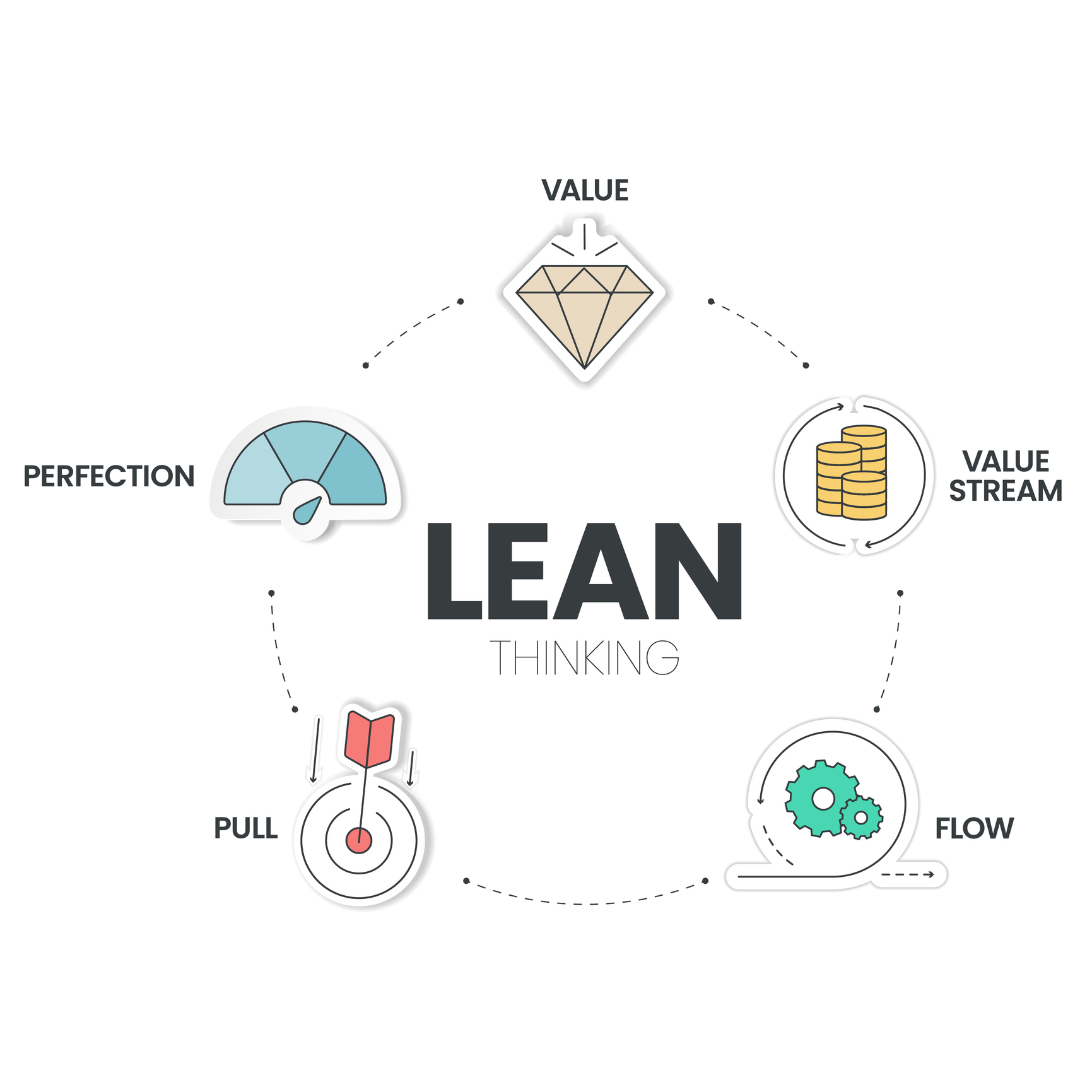The adoption of value stream management platforms is especially needed in DevOps environments. According to Gartner, “Organizations lack end-to-end visibility into product delivery and struggle to improve their flow of value. I&O leaders, together with application leaders, must implement a DevOps value stream management platform and analyze value stream metrics to optimize the overall health of product delivery.”
Gartner recommends that product and platform teams use VSMPs to:
- Provide end-to-end visibility and insight into their product delivery.
- Assess the performance, quality and value of their products, including development costs and ROI.
- Evaluate the maturity of their existing product delivery capabilities and identify constraints to flow and gaps in insights for stakeholders.
- Provide customized dashboards and views of product delivery for other stakeholders and leadership.
- Gain a consolidated view of governance, security and compliance across all product lines.
- Leverage advanced capabilities, such as change risk analytics, to make more informed decisions about releasing new features.
Value stream management platform unique capabilities with ALM and DevOps
VSMP toolchains are occurring to address the need for unified visibility, orchestration, integration, governance and management of the ALM and DevOps value stream to improve flow and traceability, with process compliance, and end-to-end product lifecycle management.
VSMP with DevOps capabilities are needed to not only bridge the gap between operations and internal engineering teams but also to automate the entire process from code check-in to deployment ideally with a Workflow Engine supporting a concurrent task-based CI/CD pipeline, with management dashboards throughout the lifecycle. This will provide real-time insights to improve delivery velocity, help identify and eliminate bottlenecks, and deliver with lower deployment costs. Ideally these toolchains will enable DevOps over a concurrent multimodal development environment with the choice of best-of-breed tools, with legacy ALM and newer Agile and DevOps supported, with functions to:
- View the status of the pipelines or invoke, pause, and stop them from emails, and if needed allow for it all to be done remotely with WFH (work-from-home) team members.
- Invoke custom routines and microservices to be a part of the delivery process.
- Enforce Process Adherence to the process such as proper DevSecOps security testing.
- Ensure role-based controls are adhered to, such as release management with proper sign-offs.
Since legacy ALM (application life cycle management) with the classic Waterfall development life cycle is not disappearing any time soon, stakeholders will need VSMP solutions that allow team members to collaborate, manage, and track the progress of a release across all phases of the application life cycle. Process compliance solutions are needed ideally with a concurrent task-based workflow engine along with management dashboards, which helps automate all the phases of reviewing and monitoring risks on a regular basis and then continuously updates the risk plans.
VSMP with PPM: Project Portfolio Management solutions
PPM within the VSMP toolchain can provide stakeholders a unified platform to manage budgets, schedules, resources, and field data through a single interface. PPM solutions deliver greater value to the organization by connecting the entire life cycle from planning to execution.
It enables IT leaders to optimize their project portfolios, manage the capacity of resources against the demands raised from different projects, and connects plans and resources to the actual project execution. Using PPM solutions, organizations can define strategic initiatives for ‘portfolio to projects’ to their business outcomes.
It also allows leaders to define strategic initiatives, choose the relevant projects for execution, provide deeper insights into development phases, projects and programs by generating EVMs (Earned Value Management metrics), at all levels, providing valuable inputs to management, enabling them in making data-oriented decisions, for better time and cost management of a project.
Key benefits of value stream management platforms – with ALM, DevOps, and PPM
Value Stream Management Platforms – with ALM, DevOps and PPM offerings all integrated seamlessly — enable organizations to have complete visibility across the value stream to ensure customer satisfaction. The several benefits of this integration are:
- Targeted and systematic waste reduction – Provides a unified view to senior management, through middle management to the operations, administration, sales and logistics teams. This enables early detection of bottlenecks and elimination of waste at every step of delivery.
- Ensure Process Governance – Within task-based workflows both at macro and micro levels to ensure governance across and within every team involved in delivery.
- Improve cross-functional collaboration – Enables collaboration between tools, processes and teams even over hybrid infrastructure environments.
- Gain improved productivity – Provides complete visibility with respect to constraints of Time, Resource and Cost enabling better productivity through efficient usage of resources.
- Increase Process Efficiency – Offers secure and efficient integration seamlessly with best-of-breed applications








